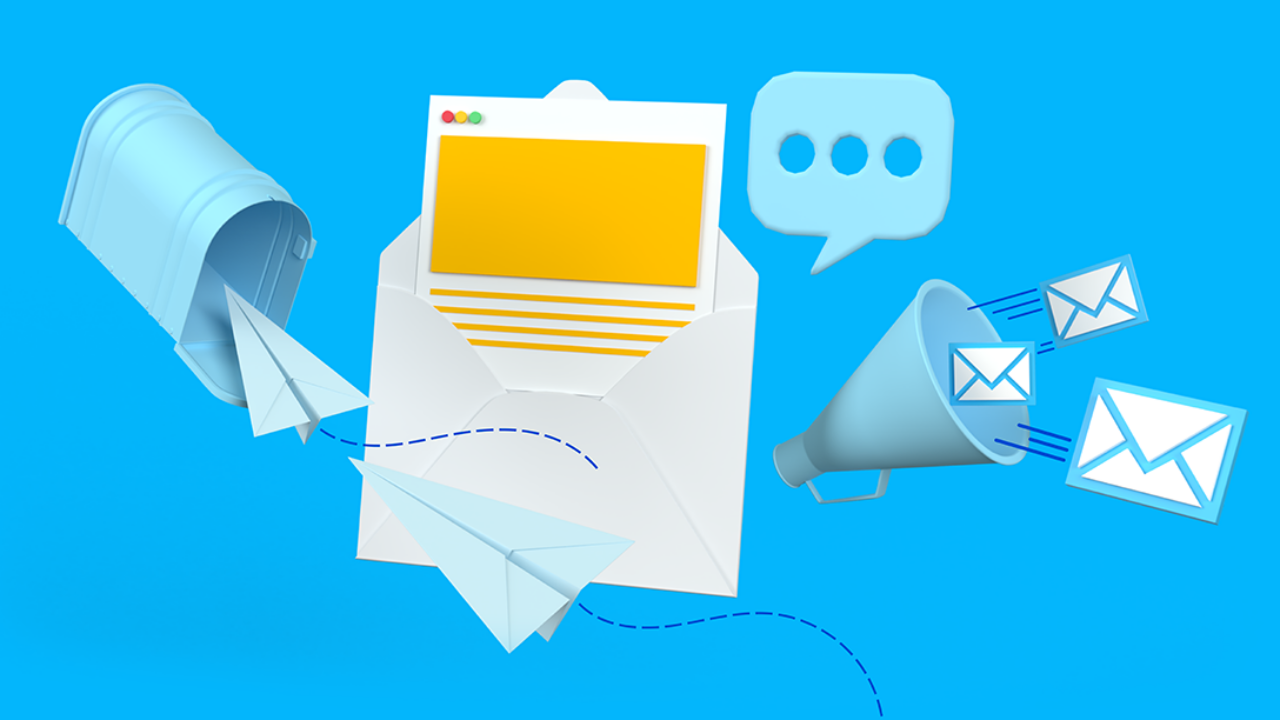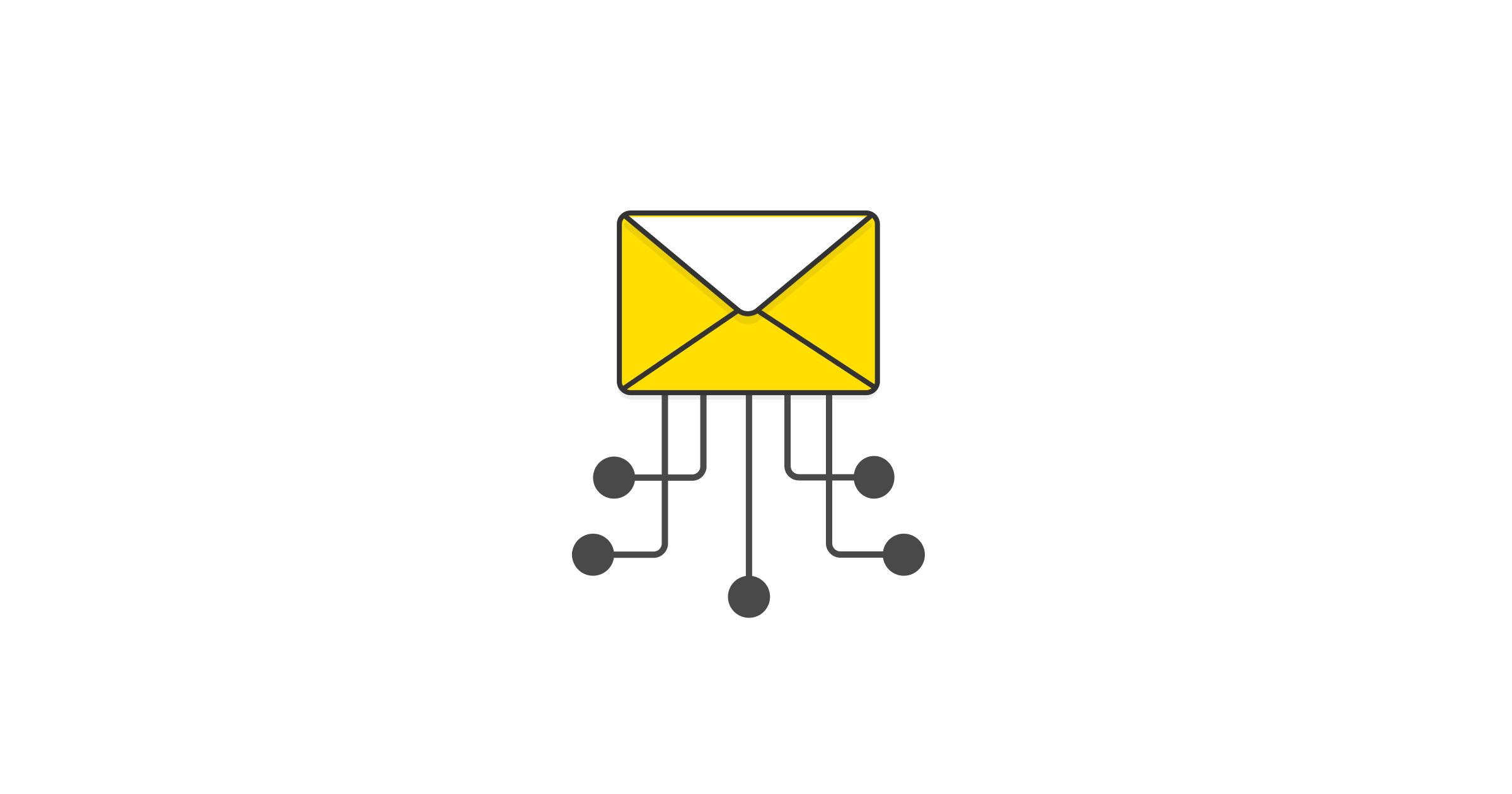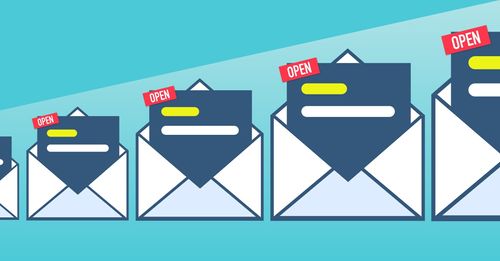Validating email addresses is a crucial aspect of web development, ensuring data accuracy and enhancing the user experience. With the power of jQuery, a popular JavaScript library, you can effortlessly implement robust email validation in your web applications. In this comprehensive guide, we will explore the world of jQuery email validation, sharing best practices, techniques, and jQuery plugins to help you master this essential skill.
Understanding Email Validation with jQuery

Email validation with jQuery involves verifying the format and syntax of an email address to ensure its validity. By implementing email validation, you can prevent users from submitting incorrect or malformed email addresses, reducing form submission errors and maintaining clean data.
jQuery Email Validation Techniques
1. Regular Expressions (Regex)
Using regular expressions is a common and powerful technique for email validation with jQuery. By defining a regex pattern that matches the desired email format, you can check if the user's input adheres to that pattern. jQuery provides various methods, such as .test() or .match(), to evaluate email addresses against regex patterns and determine their validity.
2. jQuery Validation Plugin
The jQuery Validation Plugin is a widely used tool that simplifies the process of form validation, including email validation. It offers a range of validation rules and error messages, allowing you to easily integrate email validation into your forms. The plugin provides built-in methods like email to validate email addresses, making the implementation process straightforward and efficient.
3. Custom Validation Functions
jQuery's flexibility allows you to create custom validation functions tailored to your specific needs. You can leverage jQuery's event handlers and methods like .val() or .trim() to retrieve and manipulate user input. By writing custom JavaScript functions, you can implement complex email validation logic and provide personalized error messages.
Best Practices for jQuery Email Validation

To ensure accurate and effective email validation with jQuery, consider the following best practices:
1. Combining Client-Side and Server-Side Validation
While client-side validation with jQuery offers immediate feedback to users, it's essential to complement it with server-side validation. Client-side validation can be bypassed or manipulated, so server-side validation acts as a safeguard, providing an additional layer of security and data integrity.
2. Clear and Contextual Error Messaging
Provide clear and contextual error messages when email validation fails. Inform users about the specific email format or requirement, helping them understand and correct their input. This approach enhances the user experience by offering guidance and reducing frustration.
3. Regular Expression Optimization
When using regular expressions for email validation, ensure your patterns are optimized for efficiency and accuracy. Complex regular expressions may impact performance, so strike a balance between accuracy and performance by testing and refining your regex patterns.

Frequently Asked Questions (FAQs)
Q1: Is client-side email validation sufficient for data integrity?
Client-side email validation is valuable for immediate user feedback and reducing form submission errors. However, it's essential to combine it with server-side validation to ensure complete data integrity and security.
Q2: Are there any jQuery plugins specifically designed for email validation?
Yes, the jQuery Validation Plugin is a popular and reliable tool for form validation, including email validation. It provides built-in methods and error messages, simplifying the implementation of email validation in your web forms.
Q3: Can jQuery validate the existence of an email address?
No, jQuery cannot directly validate the existence of an email address. Email validation techniques in jQuery primarily focus on verifying the format and syntax of an email address, ensuring it adheres to the expected pattern.
Q4: How can I provide real-time email validation feedback to users?
You can leverage jQuery's event handlers, such as .keyup() or .input(), to trigger email validation as users type or modify their email address. By providing real-time feedback, you can guide users in correcting any input errors promptly.
Conclusion
jQuery empowers web developers to implement robust and efficient email validation, enhancing user experience and maintaining data accuracy. By utilizing techniques like regular expressions, leveraging jQuery plugins, and following best practices, you can seamlessly integrate email validation into your web applications. Ensure accurate email addresses, prevent form submission errors, and create a seamless user experience with jQuery email validation. Embrace the power of jQuery and take your web development skills to new heights.



